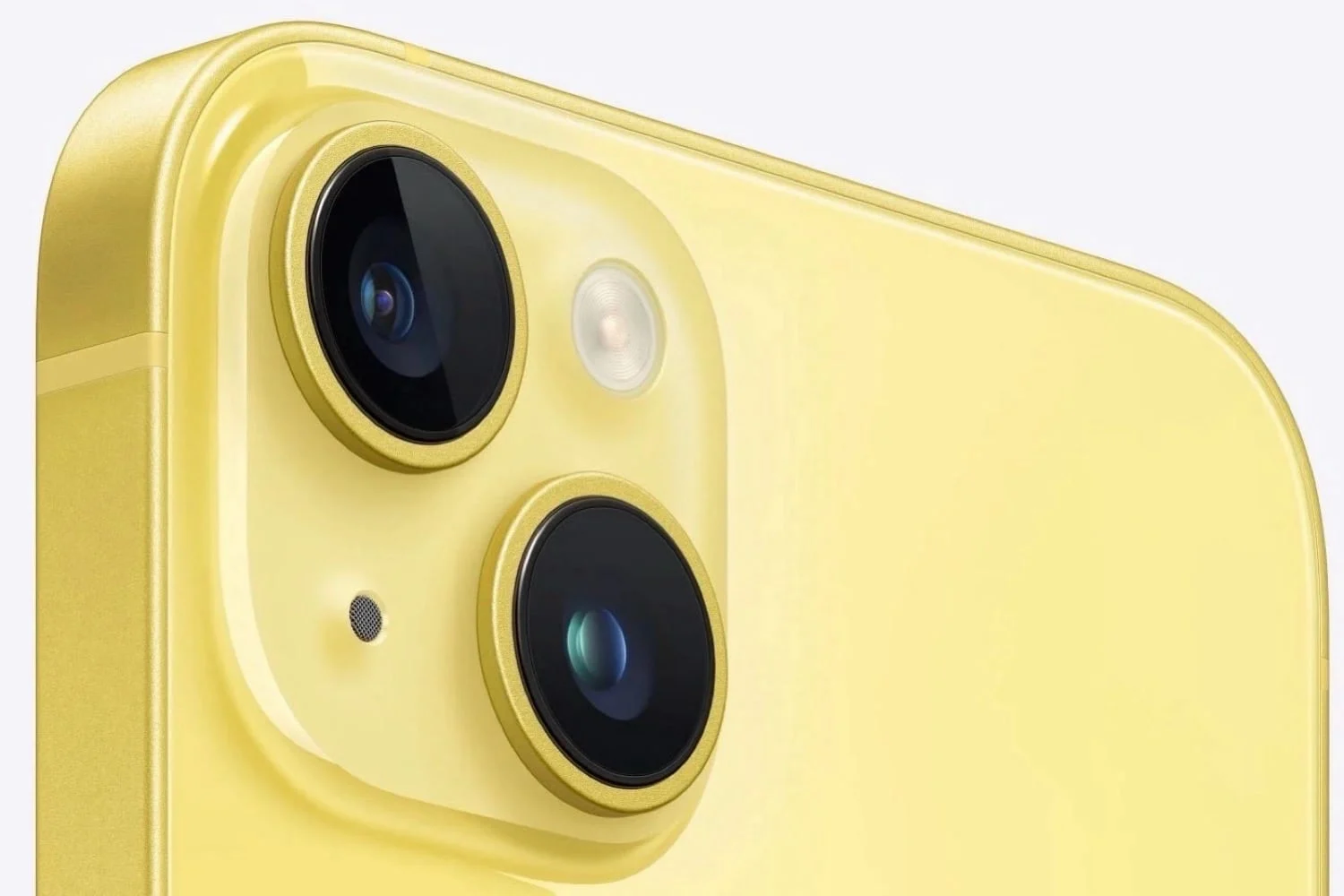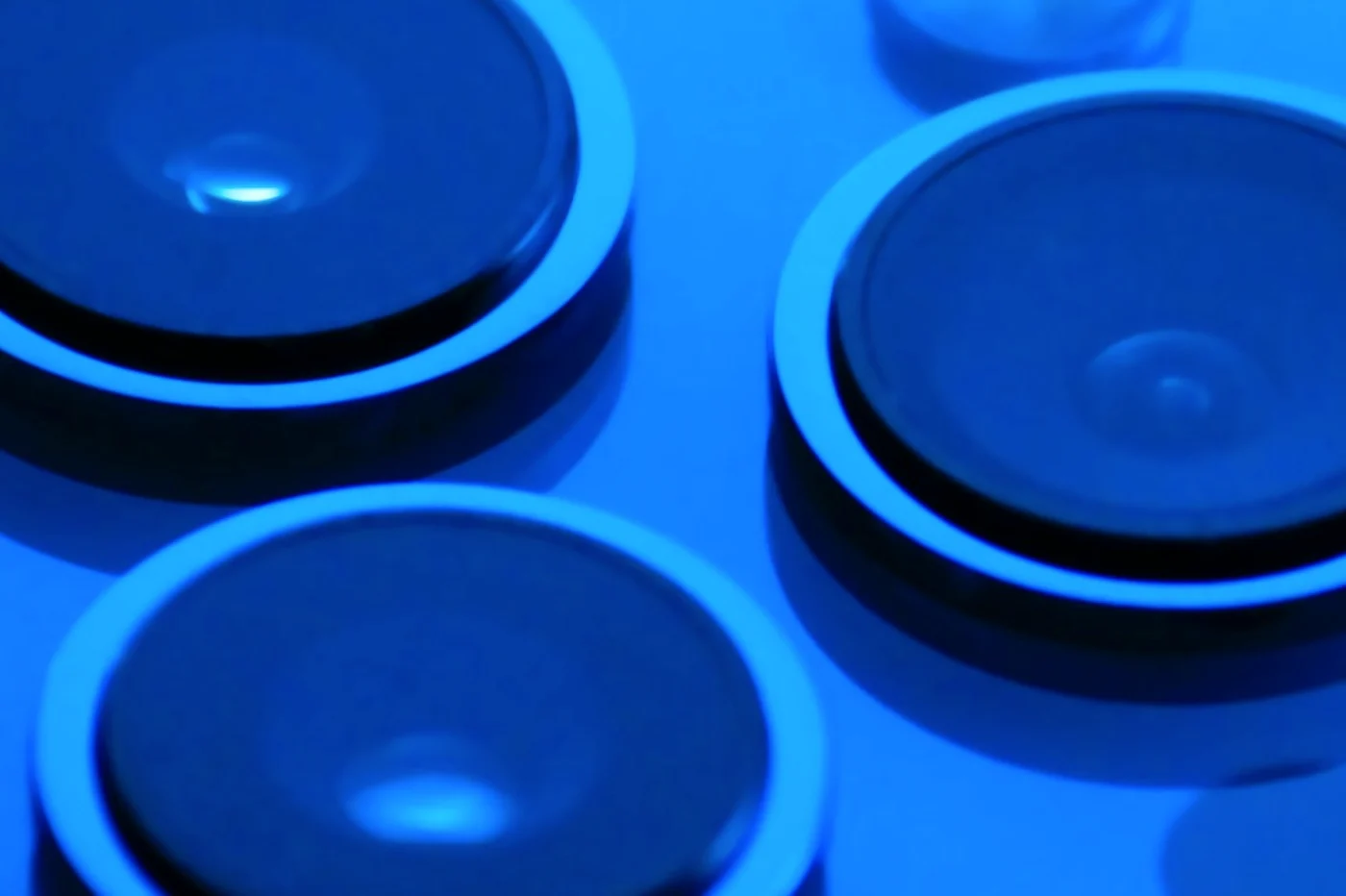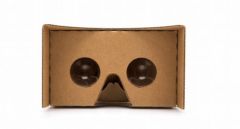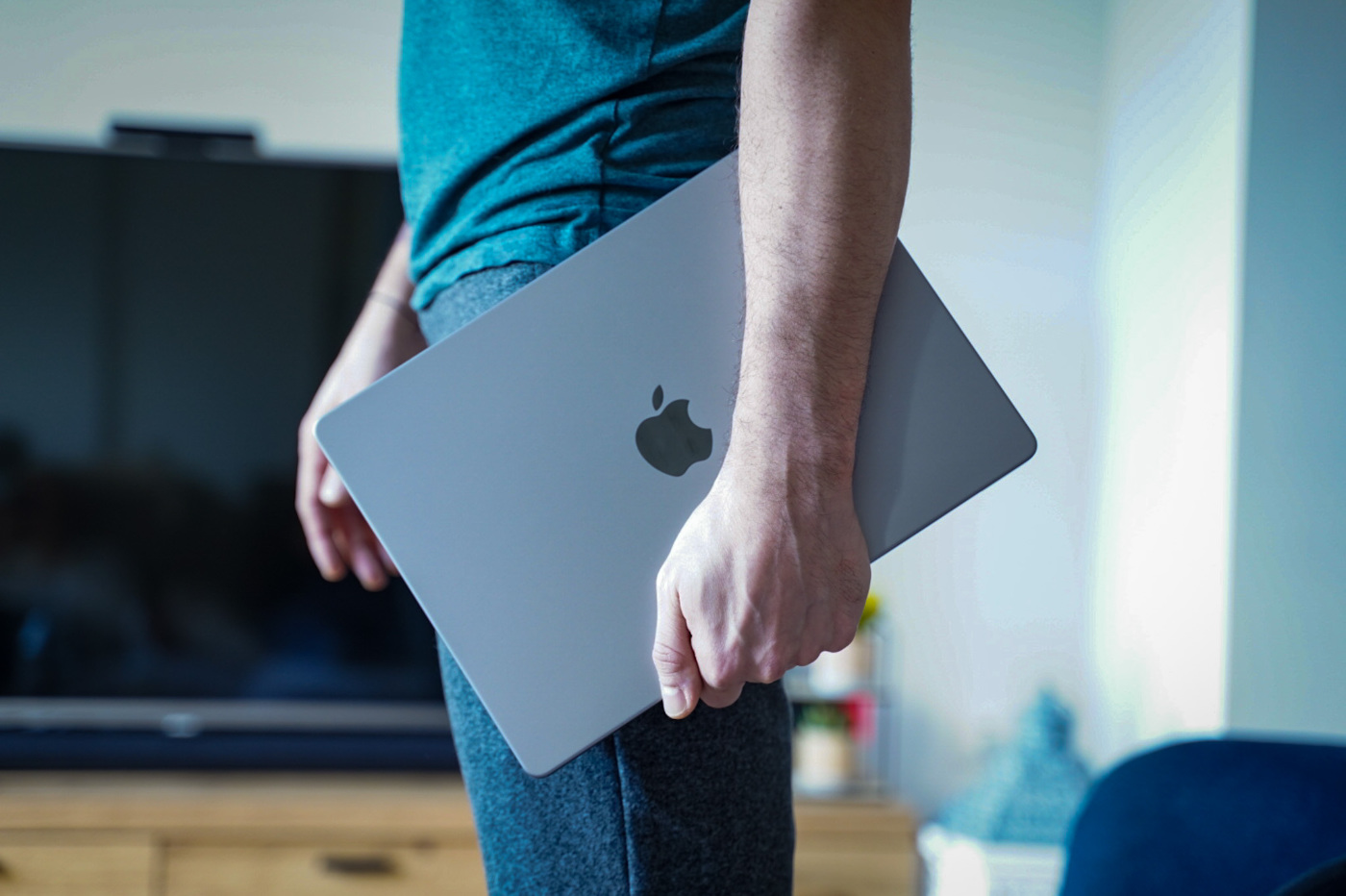When the iPhone 11 Pro was released, all eyes were on itstriple rear sensorwhich gives it an air of artistic steampunk madness. A sign ofimminent departure of Jony Ivefor new horizons and future entrepreneurial success in agency mode? Fortunately, this is rarely a real purchasing criterion for consumers.
Thus, by looking more closely at theperformancesof the camera of the Apple device, the reviews were mostly unanimous, so much so that thewe even went so far as to compare its quality with that of the flagship marketed by its major competitor, Google.
The opinion of professionals
According to fans ofphotography, on the other hand, there is no doubt. They are categorical: nothing can match a digital camera for several tens of thousands of euros, at least not in terms of mobile phones that we can acquire in 2019. Your cousin who bought the latest Samsung to get started on Instagram can therefore go back to bed.
The explanation is simple and comes down tohardware: impossible in a form-factor 5 to 10 times smaller to integrate the same components capable of achieving such a precision result. Even ifMoore's conjectures point to a bright futurefor nanoelectronics and imaging, of which the medical field would likely be one of the first to be blessed.
General public side
As for ordinary users, on the other hand... The observation is clear and definitive:impossible to see the difference between a shot taken with an iPhone or a $20,000 Leica. As a reminder, the German company that manufactures it is renowned as one of the best camera manufacturers in the world. Quite simply.
You still need to be able to master the parameters of the two objects: in fact, simple inexperienced handling in no way guarantees the same result as that highlighted in a video by YouTuber and director Sawyer Hartman. In it, he presents similar photos to his friends, who are rarely able to draw the right conclusion as to whether they were captured with theiPhoneI'm not a Leica.

i-nfo.fr - Official iPhon.fr app
By : Keleops AG






